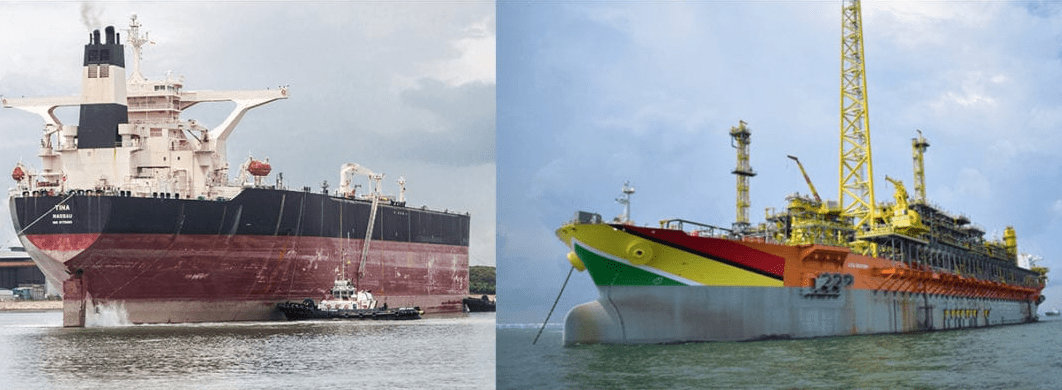Hammerhead, Guyana’s 7th Stabroek Block development will be utilizing a converted unit for its floating, production, storage and offloading vessel (FPSO). This is according to ExxonMobil Guyana President, Alistair Routledge.
Hammerhead would be the first project after Liza Phase 1 to use a converted unit over a newbuild FPSO.
A converted FPSO is made by retrofitting an existing vessel, like an oil tanker, with production, processing, and storage equipment. This was the case for the Liza Destiny which was the Bahamas-flagged Tina Very Large Crude Carrier (VLCC).
In contrast, a newbuild FPSO is designed specifically for oil and gas operations, offering greater customization, efficiency, and capacity.
All of Guyana’s other FPSOs are new builds.
Guyana to remain carbon sink with Exxon’s Hammerhead and Gas-to-Energy projects | OilNOW
The Hammerhead development is expected to target between 120,000 and 180,000 barrels of oil per day (b/d). The FPSO is expected to be smaller, seen as the most efficient to develop the resource.
Hammerhead was announced in August 2018, the ninth in the Stabroek Block. The Hammerhead- 1 well was drilled in a new reservoir, encountering approximately 197 feet (60 meters) of high-quality, oil-bearing sandstone reservoir. The well was safely drilled to 13,862 feet (4,225 meters) depth in 3,773 feet (1,150 meters) of water. Exxon had contemplated Hammerhead for its fourth project, but ultimately went with Yellowtail.
First oil is targeted in 2029, subject to regulatory approvals.
Exxon has a 45% stake in the Stabroek Block while Hess Corporation holds 30% and CNOOC holds 25%.



